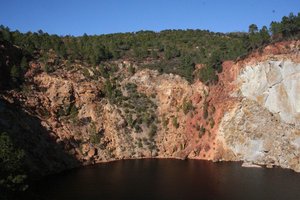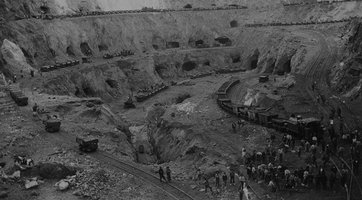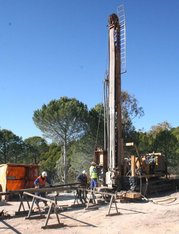

Rio Tinto, in Spain, is part of the Iberian Pyrite Belt, a geological formation spreading for 250 km from Portugal to Spain. Rich in pyrite, the site has been mined since Roman times, and has seen an exponential surge in activities since the 19th century, as copper and sulfur became crucial materials fueling the burgeoning chemical and electrical industries. Today, as demand for metals is growing again and economic recession pushes for new jobs, mining is starting again. But the drills of prospectors are not the only one drilling the ore: astrobiologists from Madrid affiliated with NASA are scouting the underground ecosystem of the Tinto river to understand the functioning of deep underground chemolitotrophic life. This effort is connected to the ongoing attempts to elucidate the workings of life, and to the search for life on other planets, like Mars.
My project explores these maroon landscapes to articulate what disturbance can be in a complex planetary system and how our attempts to understand that shape this very system - and others too - in a variety of ways. In this sense, Rio Tinto helps me disturb our own theory about planets, life, mining, economy and history.

